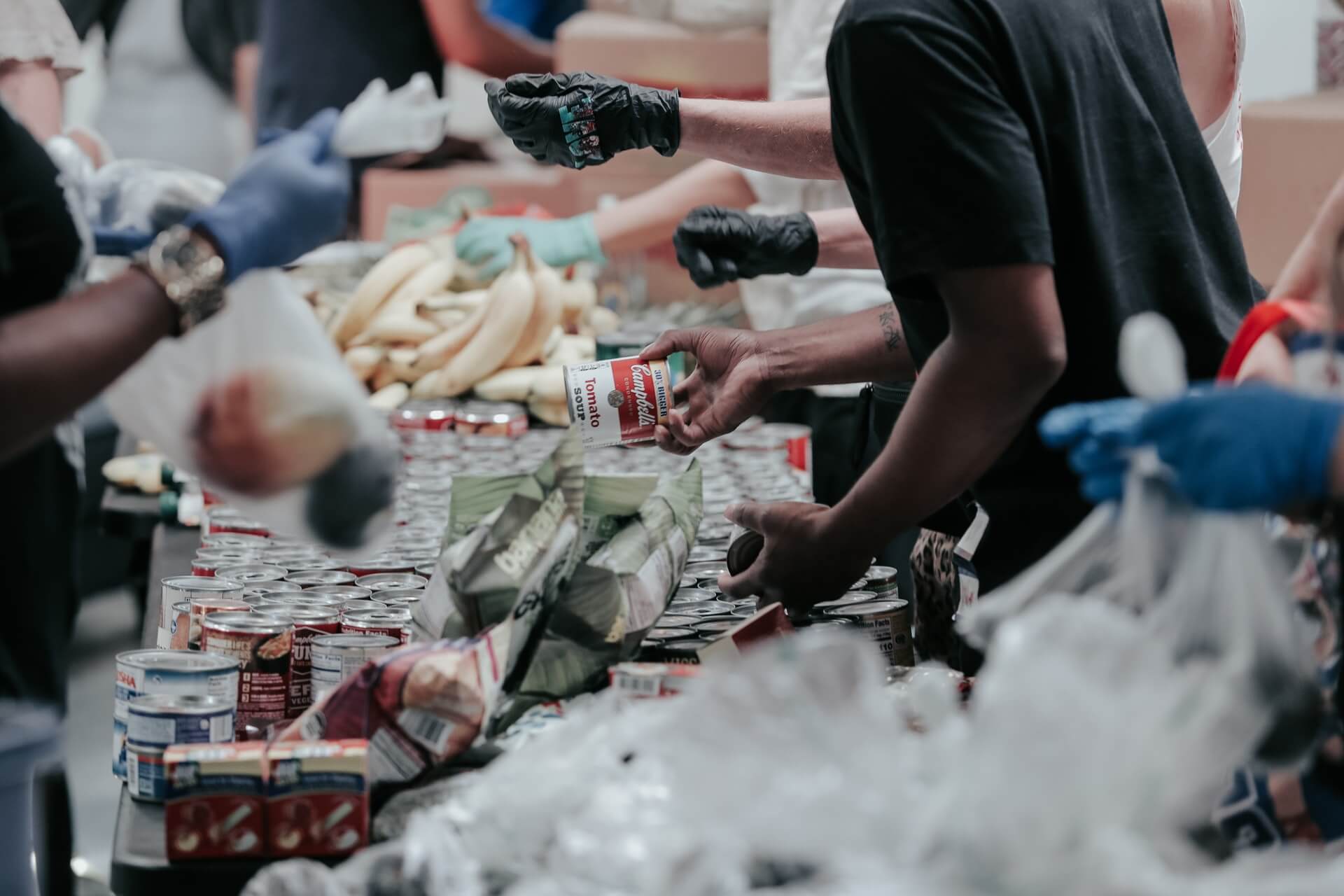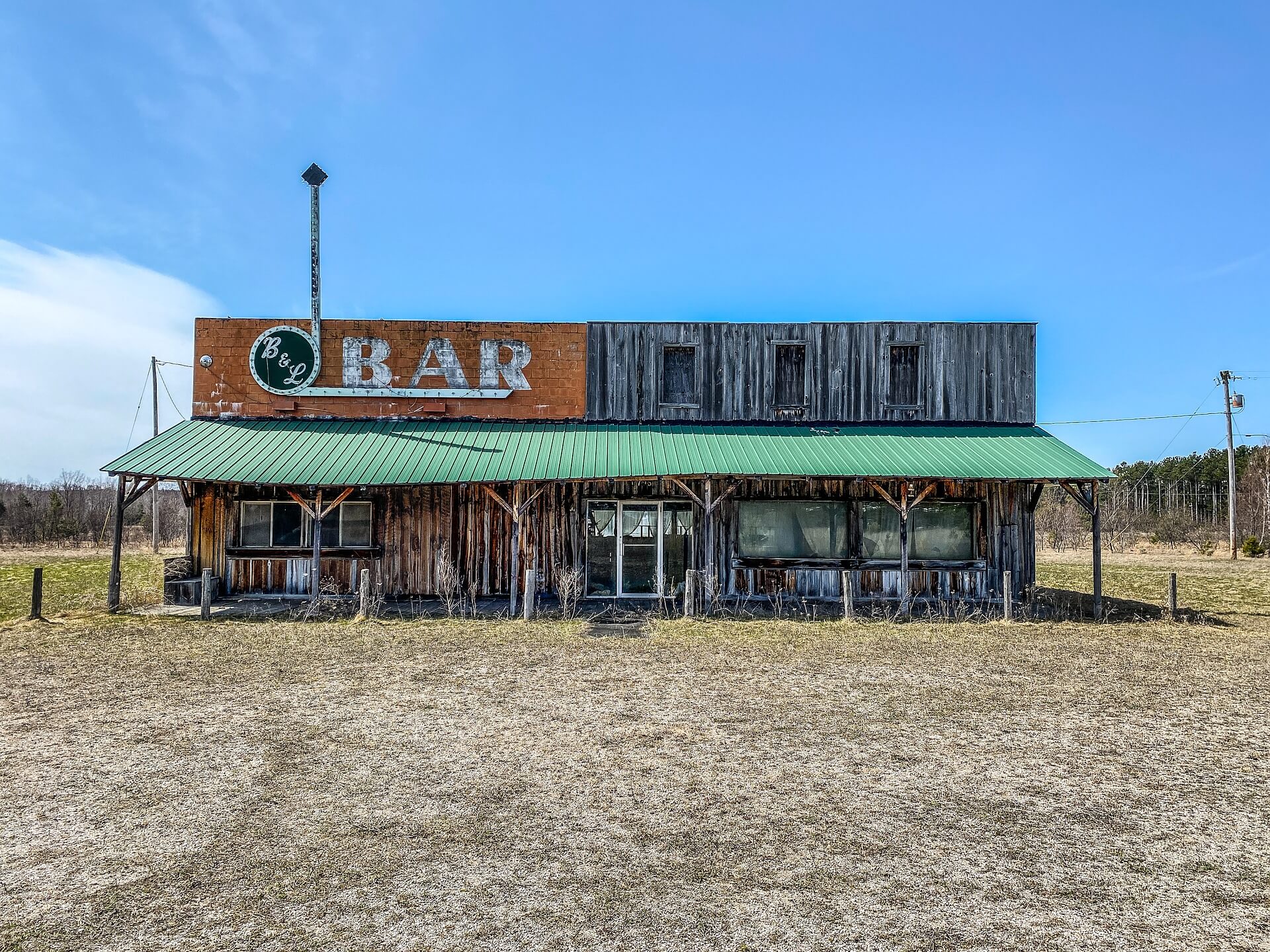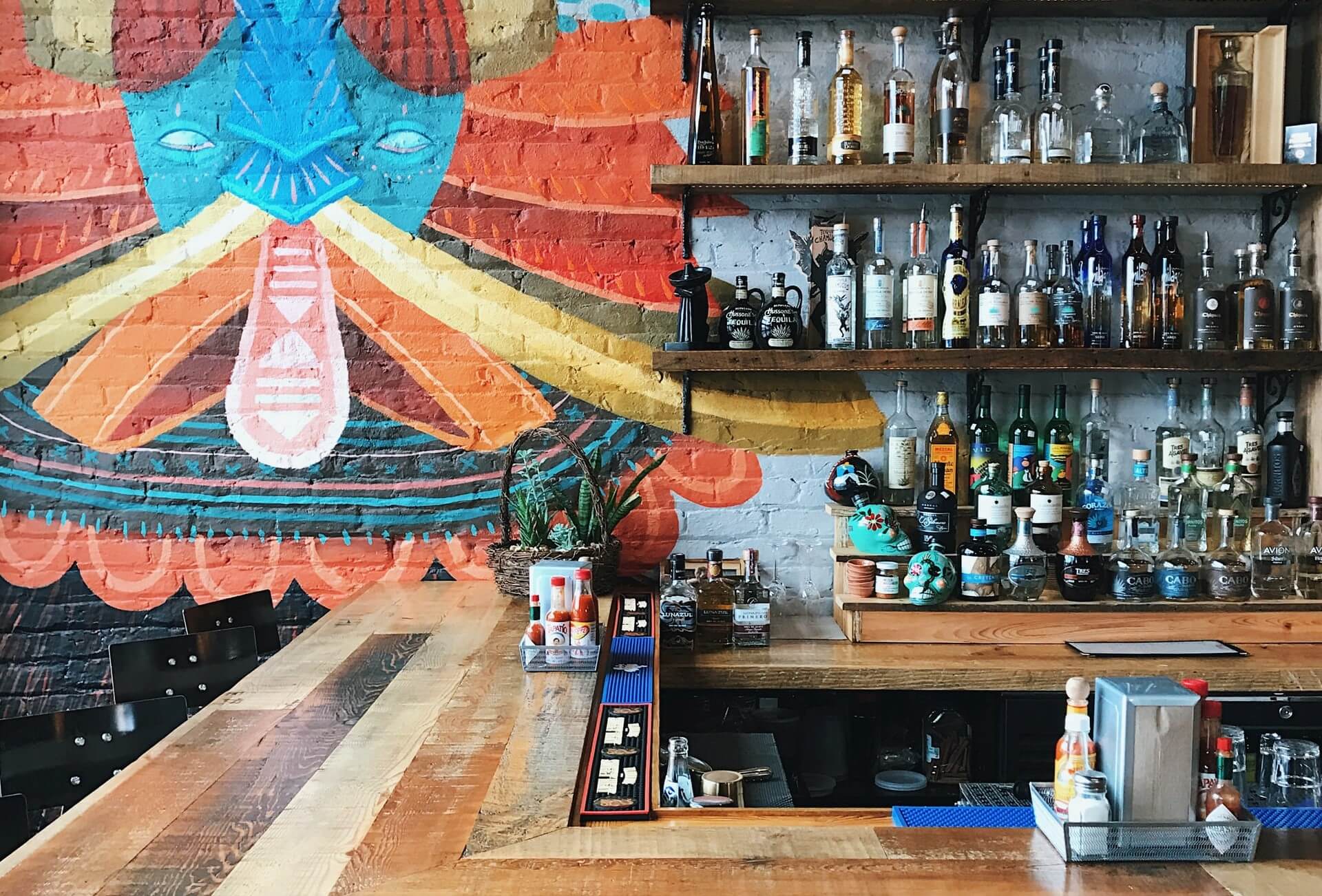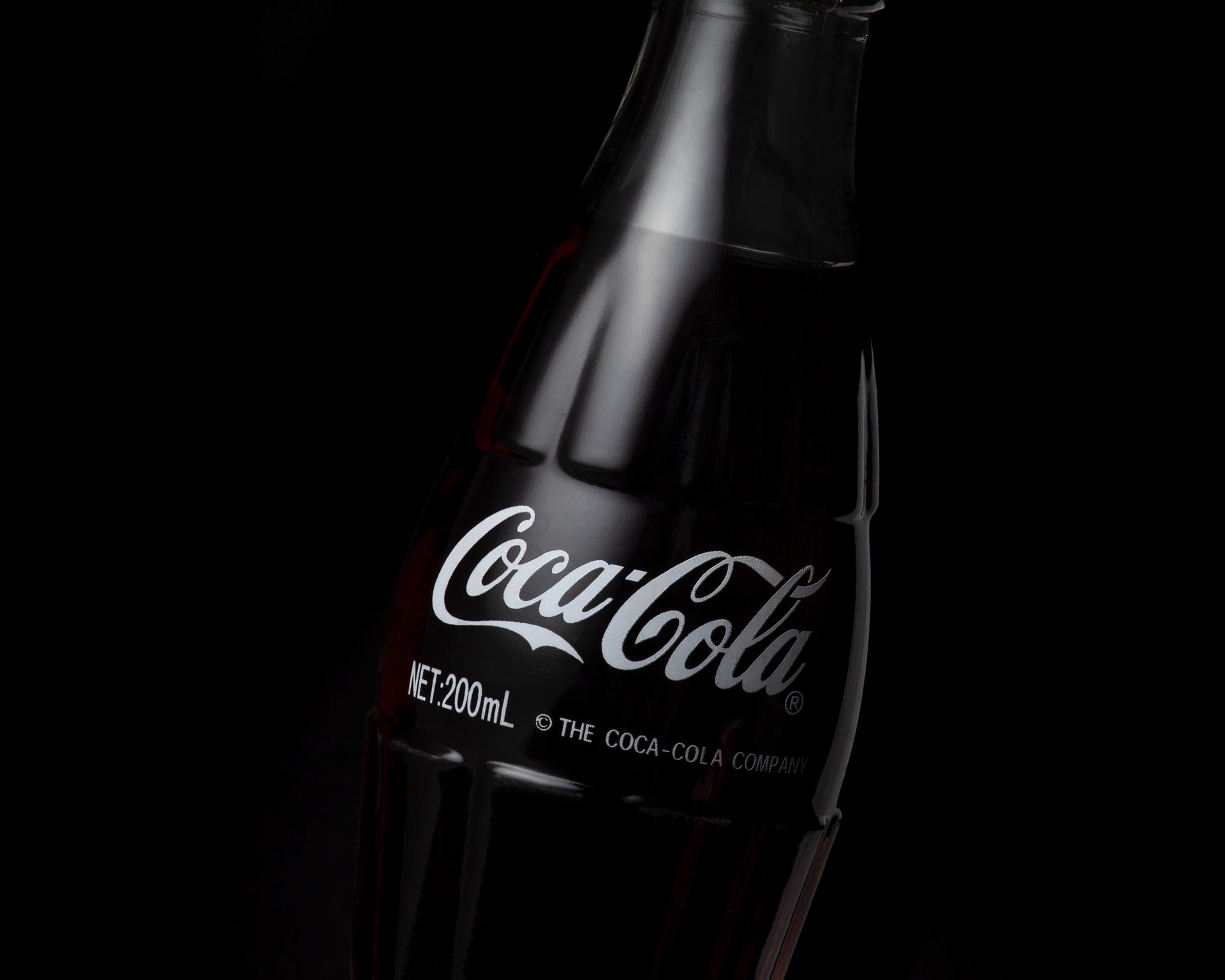Things Looking Up For December
by David Klemt

Food and beverage research and analytics firm Datassential’s end-of-year insights point to a positive outlook for restaurants in December.
While many consumers still have reservations about spending time in public, others are eager to return to “normal.”
Restaurants and bars are expected to play an important role in reaching normalcy this holiday season.
Let’s take a look at Datassential’s 2021 Holiday Issue statistics.
Hesitancy Waning?
Let’s get the less-promising data out of the way first. Some consumers still find the idea of in-person restaurant visits uncomfortable.
Nearly half of Boomers surveyed by Datassential (46 percent) said they’re “significantly less likely” to visit a fast-casual or fast-food restaurant in December.
And, interestingly, 42 percent of men gave the same answer for visiting traditional sit-down restaurants.
However, of all the in-person options presented to participants by Datassential, restaurants performed the best.
More than half of all respondents—men, women, Gen Z, Millennials, Gen X, Boomers—plan to visit fast-casual, fast-food, and sit-down restaurants more in December than they have in recent months.
It’s most likely that anticipation for restaurant visits is driven by the desire to gather and celebrate the holidays.
Overall, 57 percent of respondents plan to visit fast-casual and fast-food restaurants more. And 47 percent expect to visit sit-down restaurants more.
That makes those two options the top answers.
Only 16 percent of respondents indicated they don’t plan on visiting any on-site foodservice venues.
Regarding bars, sports bars, lounges, and nightclubs, men are “significantly more likely” (23 percent) to visit those types of venues in December.
Holiday Opportunity
According to Datassential’s report, the opportunity for holiday bookings is out there.
More than likely, gatherings will simply be smaller than they were prior to the pandemic.
Asked about plans to gather at restaurants in December, get-togethers are expected to be “moderately sized.”
Almost half of survey respondents (44 percent) plan on gathering at restaurants in parties of seven to twelve.
Just over a quarter (29 percent) plan on get-togethers of six or fewer of people. Only 18 percent of respondents are planning large (13 to 18 people) gatherings at restaurants in December.
As far as parties of 19 or more, just nine percent of respondents plan “very large” gatherings.
Of course, individual operations’ results will vary. However, this information gives us an idea of what traffic may look like for many operators.
2021 Spending
This is where the news looks even better for restaurants, bars and nightclubs in December.
When asked about spending money on going out to eat and for drinks, just 18 percent of respondents said they planned to spend less this year than in 2020.
Very nearly half (49 percent) plan to spend the same as they did last year. However, 32 percent said they think they’ll increase their spending.
When it comes to New Year’s Eve, the numbers shift a bit. However, 50 percent of respondents plan to spend the same on NYE in 2021 as they did in 2020.
Twenty-six percent plan to spend more on NYE in 2021. Just 24 percent plan to spend less this year on NYE.
Per Datassential, Millennials are most likely to splash out for NYE this year.
So, things won’t be returning to pre-pandemic normalcy by 2021’s end. However, if Datassentials findings prove accurate, things are looking healthier for December.
Image: Christine Jou on Unsplash









